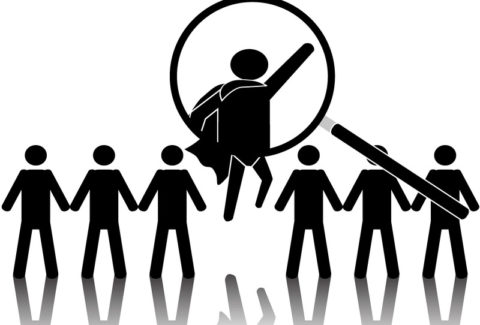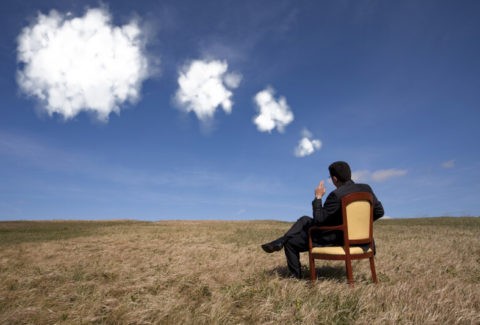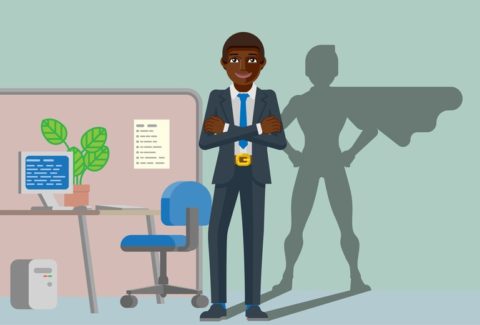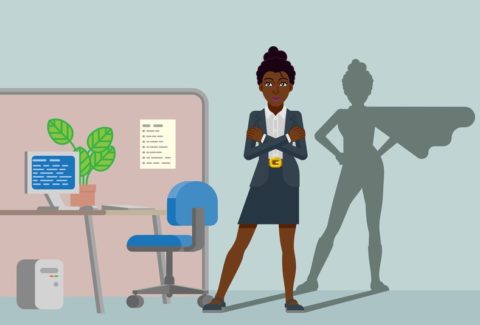Clinician Burnout: Can It Be Prevented?
“I took some time to reflect over the weekend, but I only became more sad,” Doris said to the rest of the self-care group, a statement to which David responded, “How did we even get here? How did we happen to lose that passion that guided us into this field?” After a long enough silence, Rodis, the consultant and group facilitator, responded, “Sadness, just like our other emotions, tends to be sending us a message, so is the related and underlying frustration. If properly channeled, this frustration can steer us towards the right action, leading to the right changes. A crucial question then remains is possible to prevent burnout?
In a previous article entitled, Burnout: An Epidemic, I outlined four benefits of preventing burn out and promoting self-care. These include:
-
Being present for our patients or clients;
-
Responding in lieu of reacting;
-
Being able to engage; and
-
Career gratification.
This article will follow the theme as we pose the question: Can we prevent burnout?
Clinician and Advocate Perspective
Maintaining or restoring your intrinsic motivation
“I could not wait to complete social work school to make a difference in the world. After graduation, I started working with justice-involved individuals with mental illness—a population with dire needs for care; but limited available resources prevent me from doing my job well. There has been limited supervision and limited time to process and reflect. And before I knew it, my intrinsic motivation started to fade.” This was Sabrina’s experience. She had only been practicing social work for a relatively short time now.
with justice-involved individuals with mental illness—a population with dire needs for care; but limited available resources prevent me from doing my job well. There has been limited supervision and limited time to process and reflect. And before I knew it, my intrinsic motivation started to fade.” This was Sabrina’s experience. She had only been practicing social work for a relatively short time now.
It is easy to feel responsible and beat yourself up for a fade or decline in motivation, believing it’s your fault, that you did it to yourself. But this is far from your fault, and there are things you can do about it. By taking conscious steps to prevent burnout and promote self-care, we can restore and maintain our intrinsic motivation.
Being and remaining a source of inspiration for others
 “I used to be that go-to person, an experience that always fostered pride. However, for the past few months, the front desk staffs, as well as my co-workers have been telling me how ‘different’ and impatient I have become, asking me if everything is okay. I never thought my work could have such an impact on me. I could not pinpoint what was going on, until now, through this group,” Albert shared with some sadness.
“I used to be that go-to person, an experience that always fostered pride. However, for the past few months, the front desk staffs, as well as my co-workers have been telling me how ‘different’ and impatient I have become, asking me if everything is okay. I never thought my work could have such an impact on me. I could not pinpoint what was going on, until now, through this group,” Albert shared with some sadness.
When we feel gratified, when we feel that we are making a difference, it shows in our work with our patients and clients, with our co-workers, and with other staff. The opposite is also true; a lack of gratification also shows. Nonetheless, whether you choose it or not, and whether they acknowledge it or not, people see you as a source of inspiration. That includes your patients and clients, your co-workers, and the rest of the staff. This source of inspiration can gradually dissipate and get lost, but addressing burnout and promoting self-care are the ways to recover and restore this source of inspiration for others.
Agency Perspective
Increase show rate
The phenomenon of “no shows” has multiple ramifications that include and are not limited to loss in revenue for the agency, increase in liabilities, and reduction in positive clinical outcomes. Increased show rate starts with a strategic engagement endeavor that takes place prior, during, and after sessions or appointments. Further, because it may be inevitable that all patients and clients will not keep all appointments at all times, what takes place after a single “no show” can make a significant difference.
“I used to call my clients immediately after a no show, telling them I am sorry I missed them, and that I look forward to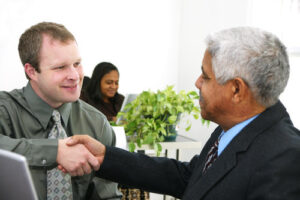 speaking soon to problem solve. But I stopped doing that a while ago. Now, I am partly just happy to have a few “no shows.” I feel guilty saying this, but it gives me the opportunity for a much-needed break or time to work on decreasing my pile of paperwork and completing notes.” Rick was completely transparent.
speaking soon to problem solve. But I stopped doing that a while ago. Now, I am partly just happy to have a few “no shows.” I feel guilty saying this, but it gives me the opportunity for a much-needed break or time to work on decreasing my pile of paperwork and completing notes.” Rick was completely transparent.
Addressing burnout and promoting self-care will help restore your tendency to be proactive and take the initiative, similar to what Rick once demonstrated. And it will help increase the show rate for patients and clients.
Increase productivity
Increasing productivity is related to increasing show rate. It also goes beyond that. Some studies show that when we are working at our optimal level, we tend to be more innovative, more efficient, more dedicated to our work and therefore more focused. These are factors necessary for increasing productivity.
“It is hard to feel or be productive when you have no control over anything, including when to take a two-minute break to recharge,” said Maryann. “And you just feel it; you spend the day ‘putting out fires,’ from the moment you start your work until the moment you leave.”
As supervisors, administrators and decision makers, we can help increase productivity, except, not in the short-term way that we have been taught or are accustomed. Rather, we can help establish an environment that pays attention to burnout and values self-care, for all staff, including the front-line staff, all the way up to the administrative level.
Decrease liabilities
Some of the factors that increase liabilities include limited clinical judgments, limited communication, limited documentation, and other system failures.
“When you experience burnout,” said Nate, “you just stop thinking, period. You go on autopilot; all you think about is just getting through the day before going home. Often you just go through the motions to get there.” Simply going through the motions, without thinking does help staff get through the day, but it also contributes to limited clinical judgment and limited communication. And these increase the likelihood of liabilities.
If we are interested in decreasing liabilities for our agencies, then we must start addressing burnout and promoting self-care.

“I took some time to reflect over the weekend, but I only became more sad,” Doris said to the rest of the self-care group, a statement to which Rick responded, “How did we even get here? How did we happen to lose that passion that guided us into this field?” After a long enough silence, Rodis, the consultant and group facilitator, responded, “Sadness is a feeling that we should seek to understand and especially the underlying frustration. If properly channeled, this frustration can steer us towards the right action, leading to the right changes. But first, it starts with understanding the why; why do we need to stop this current cycle in which we find ourselves?”
After experiencing a phenomenon for so long, it becomes the new normal, the new culture, which is then very challenging to change or undo. It is going to be a slow process, which requires a collective effort from all of us—clinicians, advocates, agency leaders and decision makers—and from the system, as a whole. It will be a process, but it indeed starts with understanding the beneficial of preventing burnout and promoting self-care, and of asking the question: Can it be prevented?


